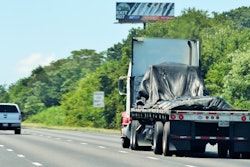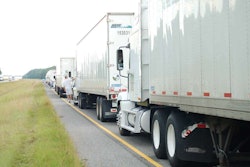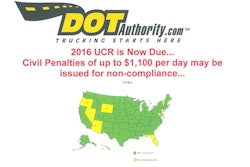 ATRI’s report cites driver recruiting and retention efforts as prime reasons for the higher wages and better benefits. Bonus pay also played a role in driving up those costs, ATRI notes. The firm projects compensation-related spending to surge even further in 2018, due to the industry’s tight capacity and extra focus on driver recruiting and retention. It also expects fuel spending to continue to climb, too.
ATRI’s report cites driver recruiting and retention efforts as prime reasons for the higher wages and better benefits. Bonus pay also played a role in driving up those costs, ATRI notes. The firm projects compensation-related spending to surge even further in 2018, due to the industry’s tight capacity and extra focus on driver recruiting and retention. It also expects fuel spending to continue to climb, too.Carriers continued to spend more per mile on driver pay and benefits in 2017, according to ATRI‘s annual “Operational Costs of Trucking” report, the latest edition of which was released Tuesday.
In sum, carriers’ per-mile costs rose 9.9 cents a mile in 2017 compared to 2016, with increased spending on driver wages and benefits accounting for more than half of that increase — 5.2 cents.
Carriers spent on average 55.7 cents a mile on driver wages in 2017, compared to 2016’s 52.3 cents a mile. Spending on benefits rose to 17.2 cents a mile, up from 15.5 cents.
Per-mile spending on fuel climbed to 36.8 cents a mile in 2017, according to ATRI’s data, up from 33.6 cents a mile from 2016. All other per-mile line-item costs were mostly flat, with negligible increases on tolls, permits, tires, repair and maintenance and insurance premiums.









